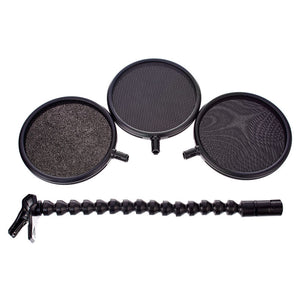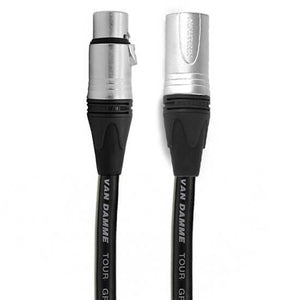
10 years subsequent to the release of the ubiquitous U-47, the U-48 was released with one variation to the U-47; it had "bi-directional" (figure 8) capability.
At a glance
- New Telefunken VF14K tube
- Shockmount
- Wooden Mic Box
- Gotham Audio GAC7 cable
- Locking Flight Case
- Vintage NG Style Power Supply
- U48 includes Cardioid & Figure 8 polar patterns.
- Limited Warranty.
10 years subsequent to the release of the ubiquitous U-47, the Telefunken U-48 was released with one variation to the U-47; it had "bi-directional" (figure 8) capability. While the head assembly from a U-47 can be fitted to a U-48 amplifier, the same does not work in reverse.
According to the book Recording The Beatles, the Telefunken U-48 was one of George Martin's favorite microphones when actually "recording the Beatles". The bi-directional capability can be very useful in more "ambient" recording environments where the engineer recording the sound does not want hear as much of the room ambience as might be recorded with an omnidirectional or cardioid pick-up pattern.
A microphone's capsule is often made of two sides. The front diaphragm will produce a cardioid response, as will the rear. When the two diaphragms are polarized in the same polarity an "omnidirectional" effect is achieved. When they are polarized in opposite polarity a figure 8 pattern is created.
This is not an acoustic pattern creation; it is an electronic pattern creation. All microphone capsules are omnidirectional in the low-frequency regions of their response. As you climb the frequency spectrum the capsule will have a more directional response.
When you have two identical diaphragms with identical voltage to those diaphragms you will have a smooth "omnidirectional" response. When those voltages are reversed, an electronic cancellation of common information is achieved; the result is two "lobes", one on the front of the microphone, one on the rear of the microphone, with full frequency cancellation through the frequency range achieved through electronic cancellation.


 +44 20 8445 2446
+44 20 8445 2446




